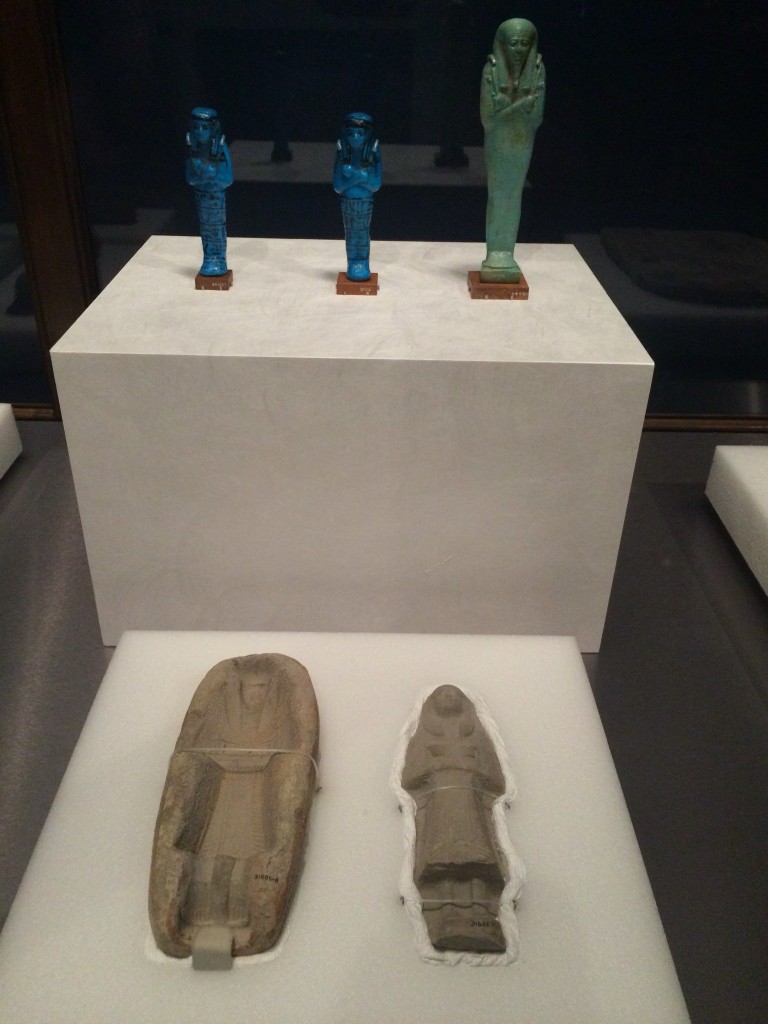Scanning & 3D Printing The Dead
Another interesting use for our burgeoning suite of scanning/imaging tools married with 3D printing tools is accessing/investigating things we can’t otherwise see or get to.
I just got back from the newest exhibit on mummies at the Natural History Museum of Los Angeles County. Mummies: New Secrets From The Tombs is a travelling exhibit from Chicago’s Field Museum showcasing the value of these tools for both research and education. This exhibit featured 20 mummies from Peru and Egypt, often showcased with interactive touch tables populated with imaging data that allows visitors to “unwrap” layers of mummies.

For a whole host of reasons, opening up or otherwise disturbing mummies can be problematic. From worries about damaging or destroying of the mummy itself to issues of cultural sensitivity and religious respect, opening up a given mummy is fraught with potential downsides. CT or MRI-based imaging can allow researchers to looking inside these artifacts. This is nothing new: within four years of the 1972 invention of CT scanning museum researchers were scanning wrapped, intact mummies. The newest twist is our ability to affordably reproduce what we image. These replicates can be used for both research and for education.


In a museum setting, you don’t exactly want visitors handling 4,000 year old artifacts that can be as brittle as a potato chip. But with 3-D printed models, kids can touch, feel, and even play with exact replicas. By manipulating the printer media you can create objects the look, feel, and weigh the same as the originals.

The value of 3-D printing extends well beyond the research realm. While we use these tools for our robotic research, more and more educational applications emerge daily.
